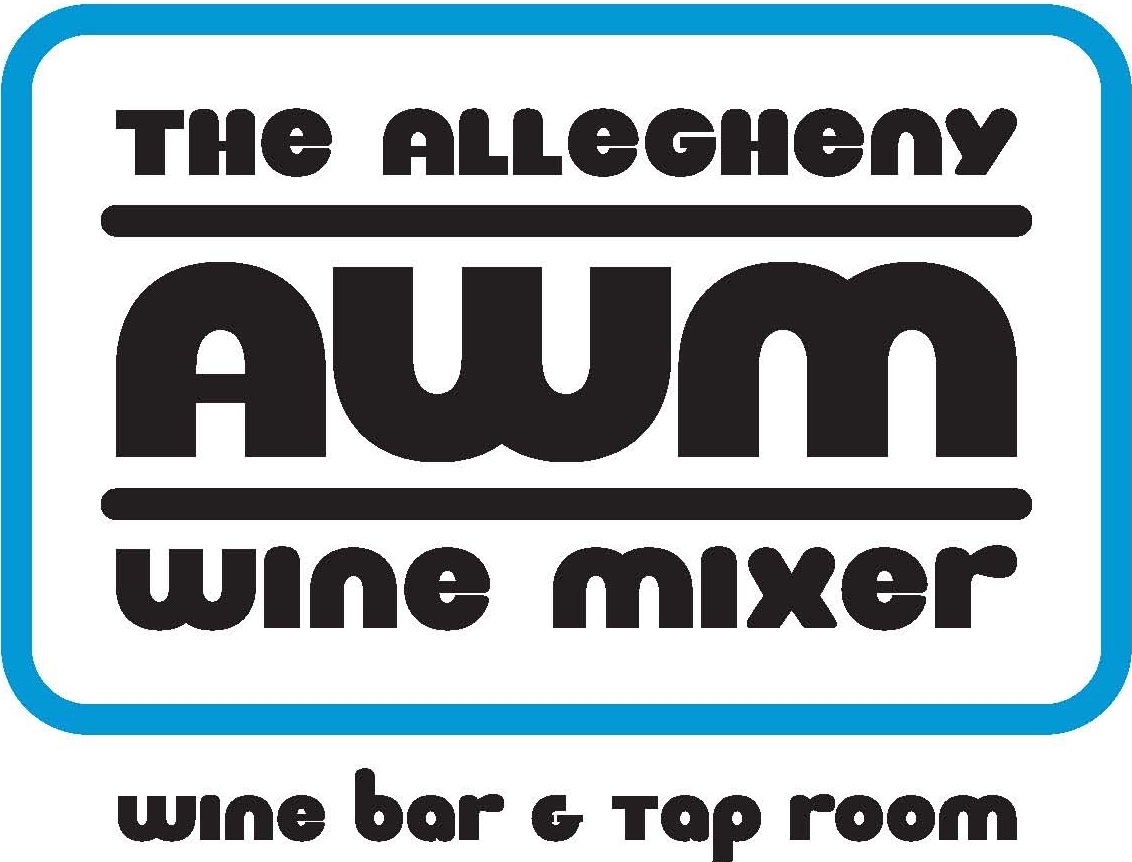Twenty years ago, Australia seemed poised to rule the wine world. Aussie Shiraz was so popular that it convinced other New World producers to start marketing their own jammy, over-the-top expressions of Syrah as Shiraz as well. Coonawarra Cabs grown on the region's famous terra rosa soils were giving Napa a run for its money for quality, and handily beating it for value. And, yea and verily, the 90+ Parker scores resounded throughout the land like a heavenly chorus of didgeridoos.
And then the 21st century happened.
There’s a laundry list of reasons you can cite for why Australian wine’s reputation has taken a drubbing over the past decade. Environmental factors — droughts, wildfires, and the undeniable influence of climate change — are certainly key. A decade-long grape glut depressed the domestic market and bankrupted many smaller, independent growers and producers, while forcing the industry to double-down on its already category-dominating production of industrial-grade, grocery store plonk. For many, Australia became a cautionary tale for what can happen when you get so gobsmacked by your own meteoric rise that you try to wing it through your second act.
But underpinning all of these reasons is a fundamental problem with the way Australia, and its wines, are perceived by the rest of the world.
Larrikins, Ockers, and Barossa Shiraz
To be fair, it’s an image that, for decades, Australia has all too happily exported to the world at large: bluff, brawling, and bibulous, cheerfully unsophisticated, always ready for a good time, a knife fight, or both. Australians have at least half a dozen different names for their national caricature: larrikins, ockers, yobbos, bogans. Think Steve Irwin. Or that Energizer battery guy, the one who was mercifully replaced by the animatronic rabbit. Or Crocodile Dundee.
Or for that matter, Barossa Shiraz.
Here’s the dirty little secret about Shiraz: what we know as Aussie Shiraz — ginormous, inky, syrupy, with alcohol levels that singe your nostril hairs — is an almost wholly American phenomenon. It was created for the export market to appease American critics (three guesses?) and palates — and some deeply ingrained cultural preconceptions, it would seem. Brash, balls-out, and undeniably hedonistic, it's like a night out with Bon Scott in his prime.
But it's not the Shiraz Australians themselves drink. Grab a glass of Shiraz at a café in Melbourne and you might be surprised by how light, nuanced, and downright Northern Rhônish it can be.
Beyond Crocodile Dundee (and Yellowtail)
But, wait: this is Australia. Subtlety, we’ve been told repeatedly by Australians themselves, isn’t in their DNA.













